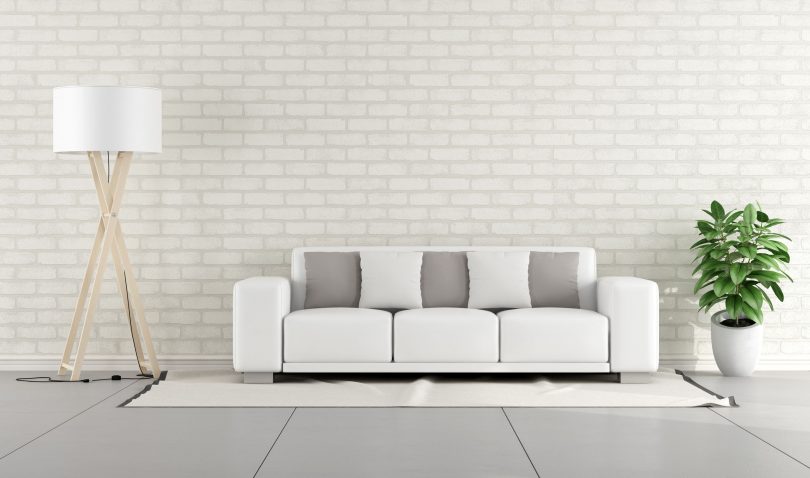Perhaps you have been a vagabond of sorts, and you’ve accumulated a lot of random belongings that just never got sorted out along the way. Maybe the opposite: you’ve lived in one place for a long time and find yourself scratching your head at how you’ve accumulated a house full of stuff. More and more people are recognizing the benefits of transitioning to a minimalist lifestyle, but the distance between here and there can feel much longer than just a few trips to the thrift store. If you’d like to own less, stress less, spend less, and reduce your dependence on material things, here are a few concrete, manageable tips to help you start your transition to a minimalist lifestyle.
Set Clear Goals
What exactly do you have in mind for your transition? How much are you trying to downsize, and for what purpose? Your action plan will look different if you’re moving into a smaller apartment than if you’re just de-cluttering your home. Use this line of questioning to create criteria that will help you make decisions as you face each item: keep, donate, or toss?
Declutter and Categorize
Using the criteria above, it’s time to put things into categories. You probably won’t have much trouble finding a collection of things to get rid of on your first sweep, but what about on the second? Start organizing things by ‘Never Use’, ‘Sometimes Use but Questionable’, and ‘Definitely Keep’. The Never Use items: unless they have a lot of sentimental or family value, sell or donate them pronto. Make space for the sorting process of all of the other things. The ‘Sometimes Use’ category: do you really need it? If it can be repurposed, maybe it’s a keeper — the minimalist lifestyle thrives on items that can be used in more than one way. If there are sentimental items that you just can’t part with, consider finding an affordable self-storage unit.
Don’t get rid of everything too quickly
The obvious fear when letting go of your belongings is that you’ll realize you needed them later down the road. For that reason, start slowly training yourself to live with less stuff as you downsize your home. That way it isn’t as much of a shock to your daily habits and patterns as you determine what feels ok to live without, and what feels like too much of a sacrifice.
Pare down your wardrobe big time
Here’s a trick: turn all of the hangers in your closet backward. After a few weeks, how many of those hangers are still backward — and probably haven’t been worn in a long time? That is your signal to clean it out and donate those clothes. It doesn’t matter if you had the most fashionable of intentions when you bought it if it’s just taking up closet space now. Most people wear a strikingly small percentage of their wardrobe, so it’s time to get honest with yourself and ditch that sweater you have been keeping for a “special occasion”…
Move to a smaller space
Now that you’ve really minimized your belongings, perhaps you’re ready to level up and move to a smaller apartment or house. Keep in mind that more rooms and closets mean more places for stuff to accumulate, so consider a one-bedroom or open concept studio if you’re really hoping to keep things minimal. If you feel ready to take a bigger leap, find yourself a Tiny Home, yurt, motor home, houseboat, or other mobile option and get off the grid.
Use a minimalist lens with every purchase
Not only are you transitioning your existing belongings, but you’re shifting your relationship with purchases. Every time you are in the position to buy or acquire something new, ask yourself: do I really need this? Will it really make my life better? Similarly, let this lens color your daily interactions with your belongings. When was the last time you used that gadget?








